In the year 1846 Dr. Edward Turner Bale of London, England decided that his 17,000 acres of land needed a grist mill. So, in exchange for 600 acres of that land, he hired on Florentine Erwin Kellog to build it. The constructing of the mill took about a year and was completed in 1846. Though Dr. Bale died only 3 years later in 1849, the mill still carries his name to this day.
Weather Forecast For Calistoga, CA:
Quick Information:
* Address: 3315 St. Helena Hwy
Calistoga, Ca 94515
* Phone: (707)-942-4575
* Park Hours: Sunrise to Sunset
* Established: 1971
* Size: 5 Acres Total
* Elevation: 334
Day Use Fee:
Free/$5 for the weekend tour
Dogs:
In day use area only
Water:
Yes
Toilets:
Yes
What is a Grist Mill?
A grist mill grinds grains into flour. Back in the mid to late 1800s and before Napa was known for being the wine region of America, it was the second-largest producer of wheat and grain for our state. Wheat, corn oats and barley were all ground into flour to make breads of some sort.
The grist mill was also, in many towns, the main place to gather, and it would be been considered the town square. A miller would grind the grains brought in by individuals or farms. They would then either sell them, use them or store them.
In many cases a creek would have been dammed to create a pond or sort of water holding tank. This would then be controlled as to be able to turn a water wheel that would rotate to crush the grains. At the Bale Grist Mill there was a water pond known as Mill Pond, it is now dry, and you can see it when you take the hike from Bale Grist Mill to Bothe-Napa Valley SP.
Back in the day, in order to break the wheat from the chaff they would lay down the harvest in a round pen. Then they would drive wild horses in, causing them into a circular frenzy, all the while crushing the wheat and breaking it loose from the straw plant.
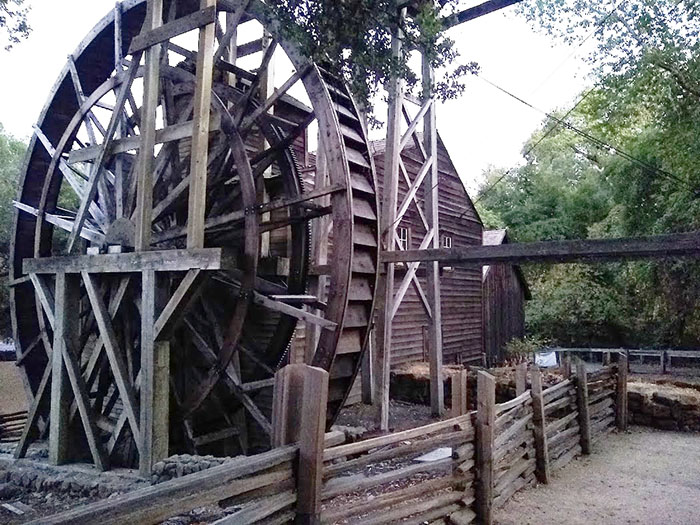
A Brief History on Bale Grist Mill
After Dr. Bale passed away in 1849 the mill was passed onto his wife Maria. With mounting debt left by her husband, of the 17,000 acres granted to him by the governor of Mexico only 1,550 was left as Maria had to make good on many a debt incurred by her late husband. Maria sold the mill their eldest daughter and by 1860 she had sold the grist mill to Ralph Ellis.
Mr. Ellis made upgrades not only to the mill, but to the buildings as well. He upgraded to a steam driven engine for use when the creek was low, and he added a hall to the mill warehouse. This became a sort of epicenter for local pioneers during its time. Used by the Good Templar and other ventures of entertainment. This was said to have been a place where the younger folk would meet, and they say that many a romance may have begun there.
After the property passed from Ellis, it had 2 additional owners, Captain W Sayward and then Mr. Lyman. Mr. Lyamn upgraded the mill with water powered turbine. The last time the mill was used was in 1879.
"Great praise is due to Mr. Lyman for his efforts to preserve the almost solitary relic of Napa Valley pioneer days. The old mill is silent now; its sound is forever hushed. For a third of a century, the wheel has not turned on its axis. The men who furnished the grist have nearly all passed over to the Great Beyond, and the old mill wheel is overgrown with ivy, and crumbling to decay, a mute but eloquent reminder of a historic bygone period, the likes of which the American continent will never witness again." This quote comes from 1907 from the son of Mr. Kellog.
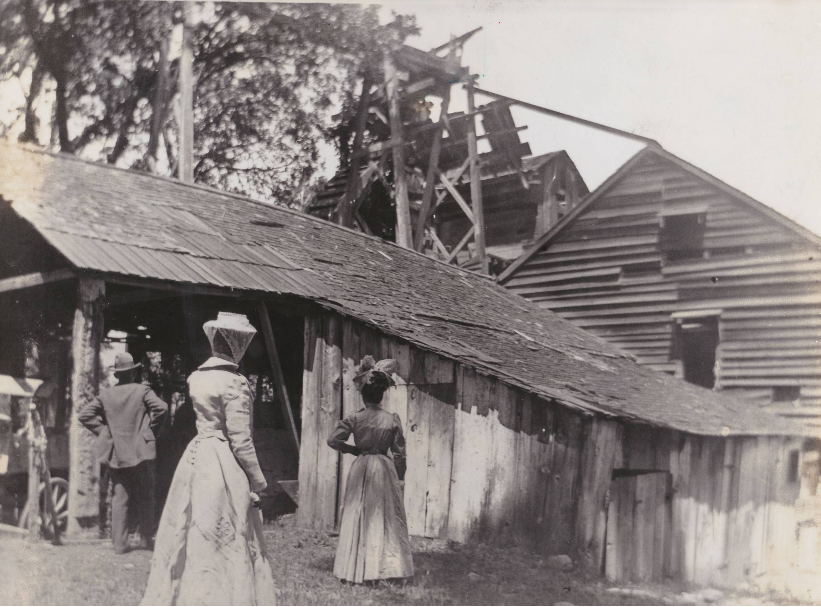
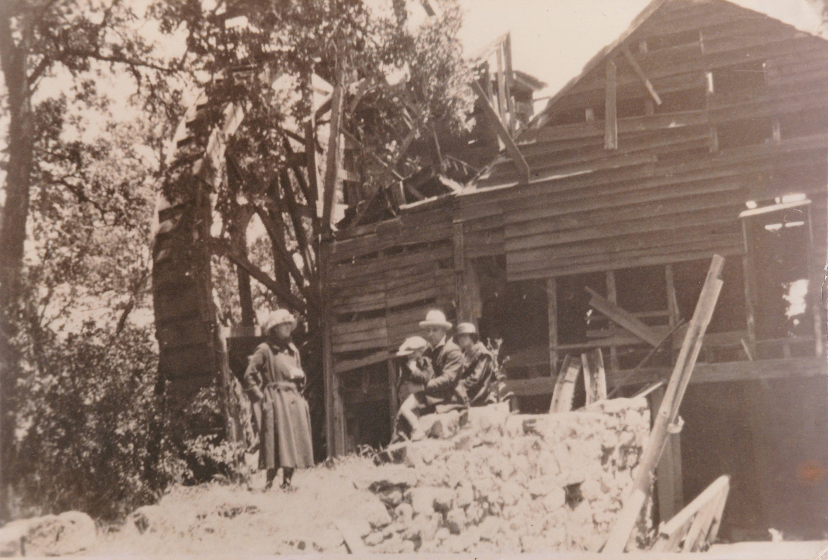
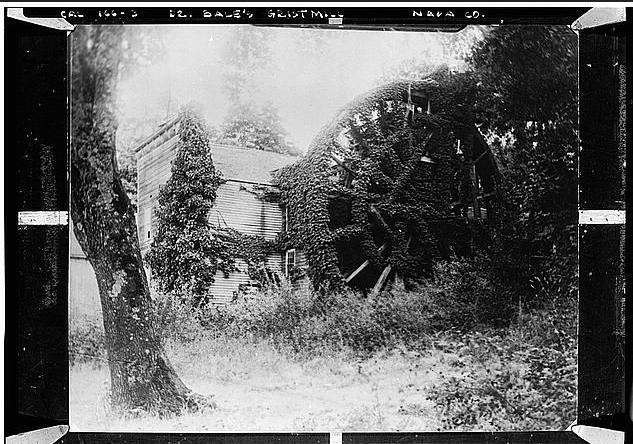
After Mr.Lyman passed away, his widow donated the property and the mill to the Native Sons of Napa County on September 27th 1923. In 1941 the Native Sons deeded the land to the county. Then in the early 1970's the state acquired the mill with the hopes to restore it. In 1972 the site had become listed on the National Registrar of Historic Places. By 1974 it had officially become a California State Park and restoration work began to take shape by the complete dismantling of the mill. By 1988 the Mill was grinding again. Over the next couple of decades, the state has painstakingly restored every part of the grist mill. And every year they still celebrate Milling Day with activities.
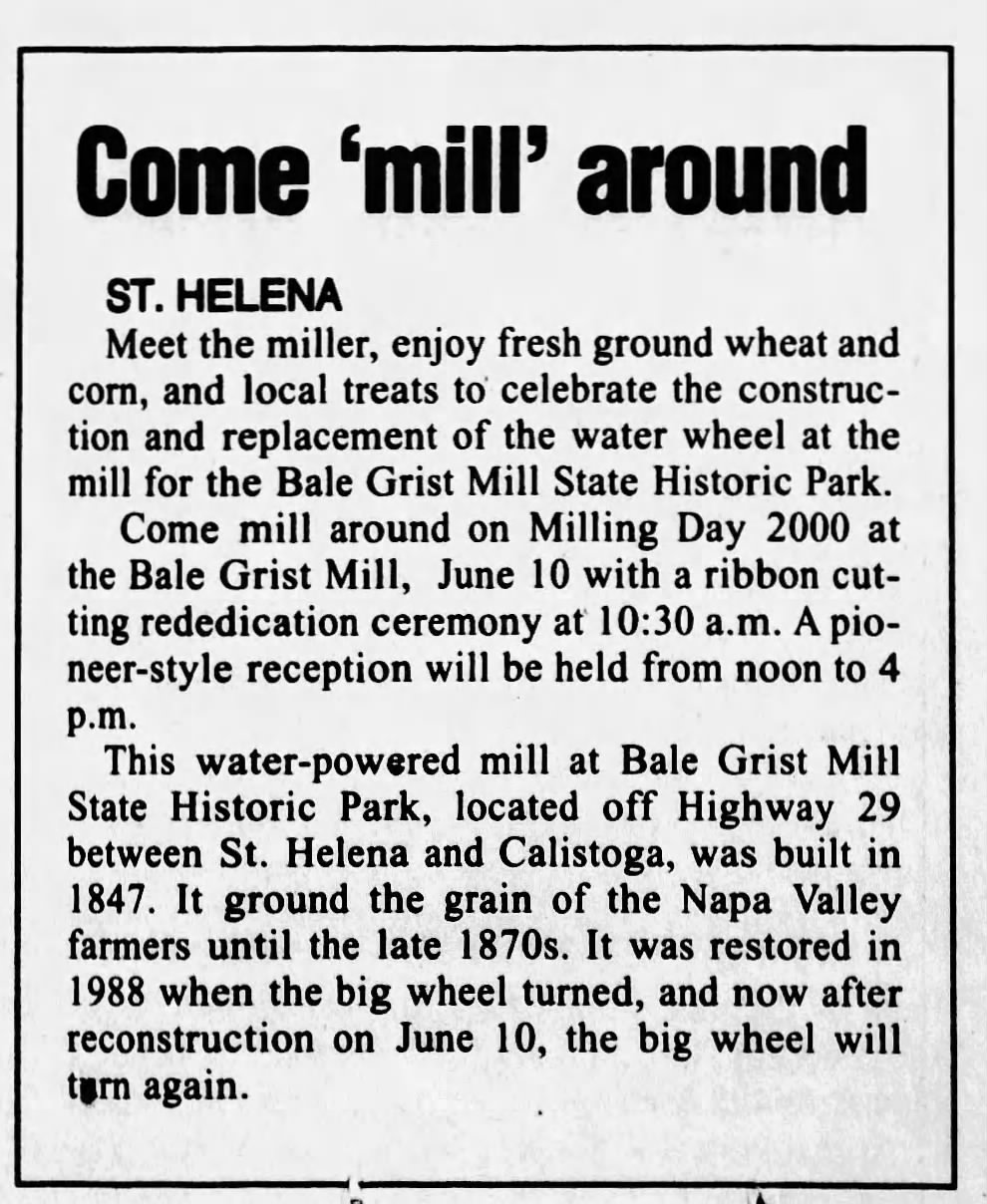
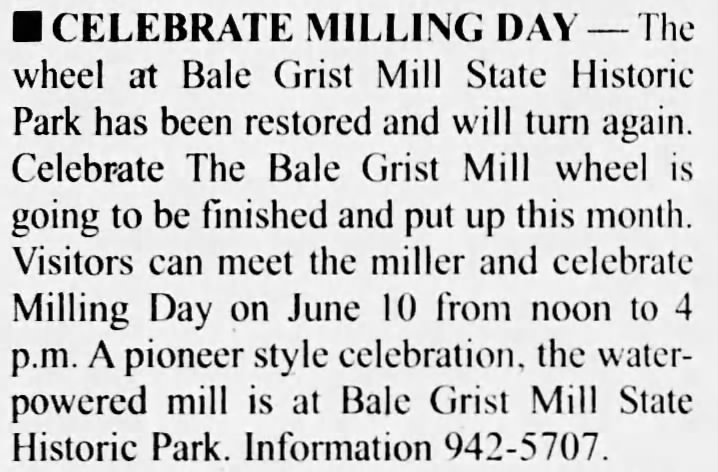
Bale Grist Mill State Historic Park Map:
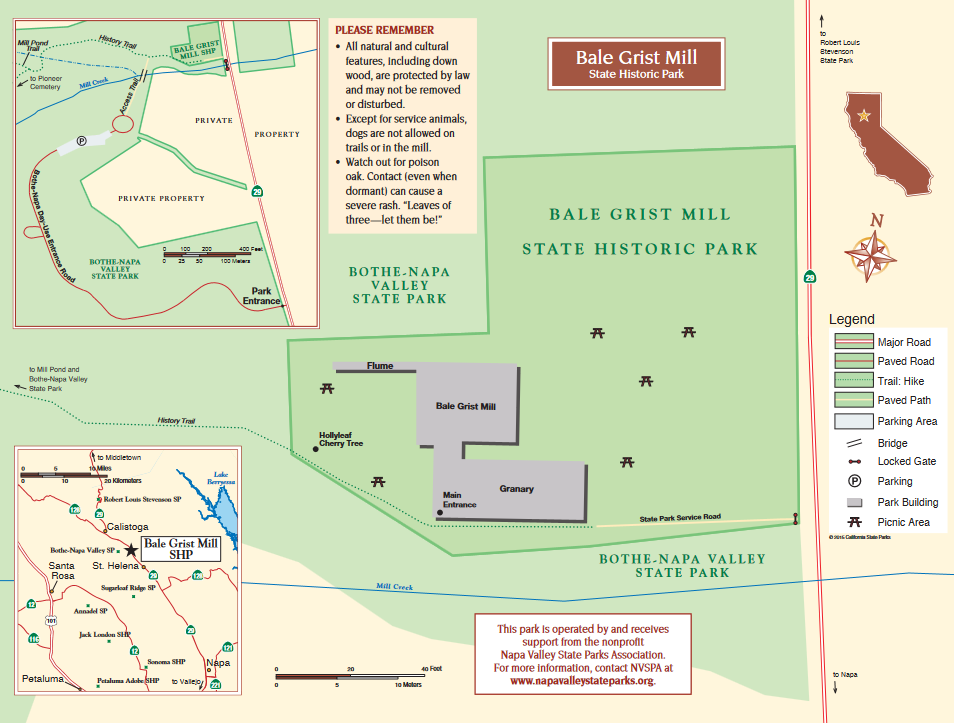
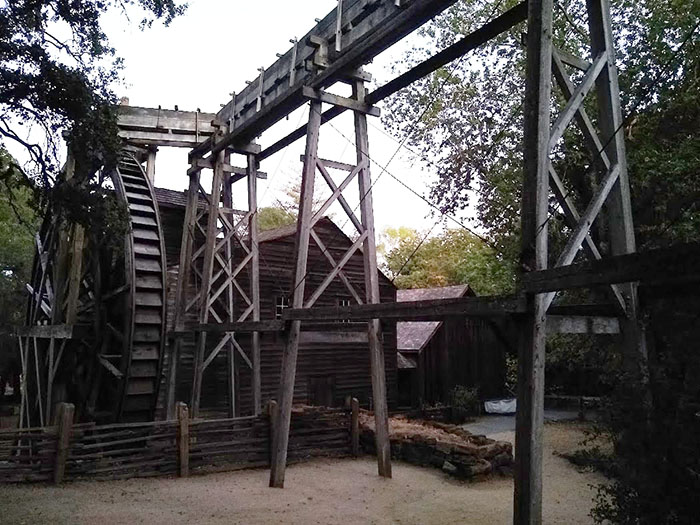
What's there to do at Bale Grist Mill SHP?
This small but historically significant park hosts tours every Saturday and Sunday for a well worth it $5. If a private tour is your thing, one can be arranged with the Napa Outdoor District for $100, they are really friendly so give them a call. There is also the hike from the grist mill over to Bothe-Napa Valley SP, which is about 2 miles in total. This trail is not suitable for strollers.
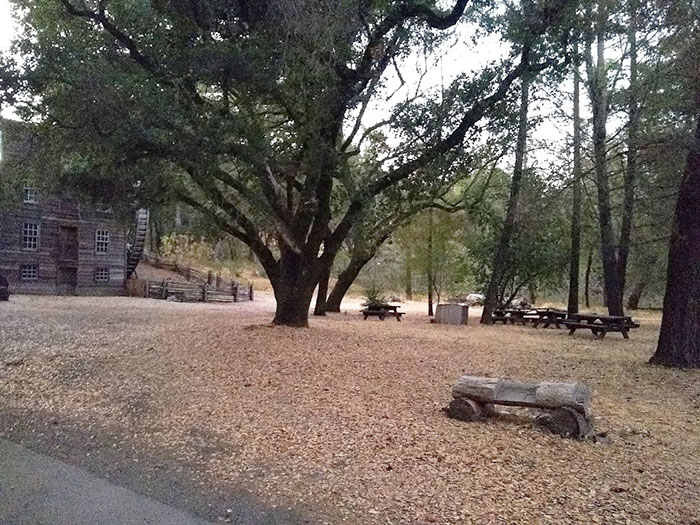
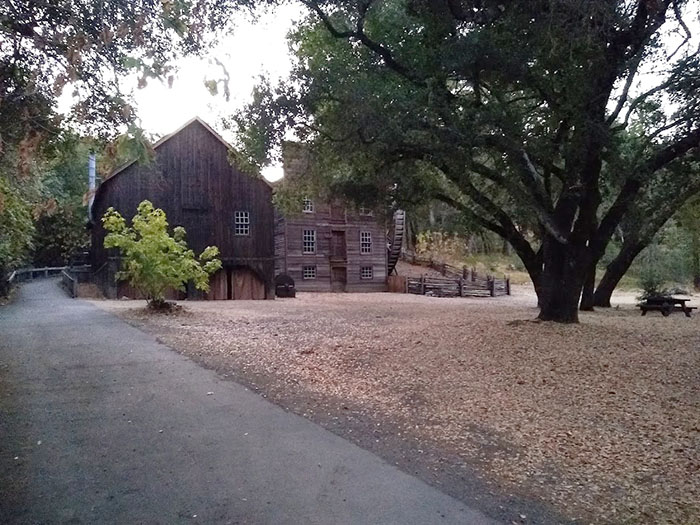
What's Nearby?
The Bale Grist Mill State Historic Park in basically a park within a park as it is located in the Bothe-Napa Valley State Park system. Nearby, you can go wine tasting or take a hike in the Robert Lewis Stevenson State Park. Take a drive over to the town of Bodega or visit the coast.
Helpful Resources:
My information came mostly from historical accounts in newspapers and a little from the California State Park website.
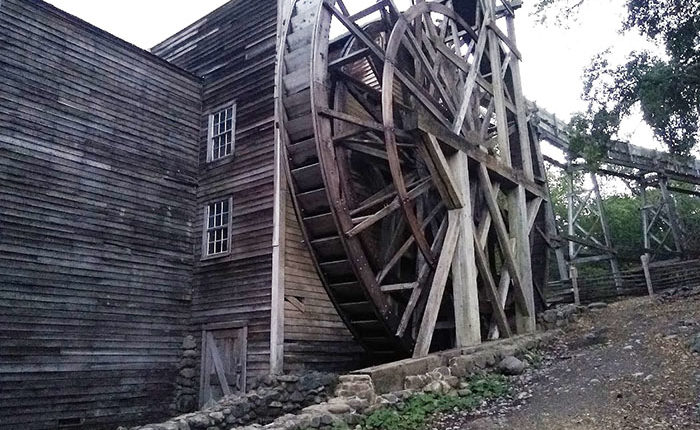
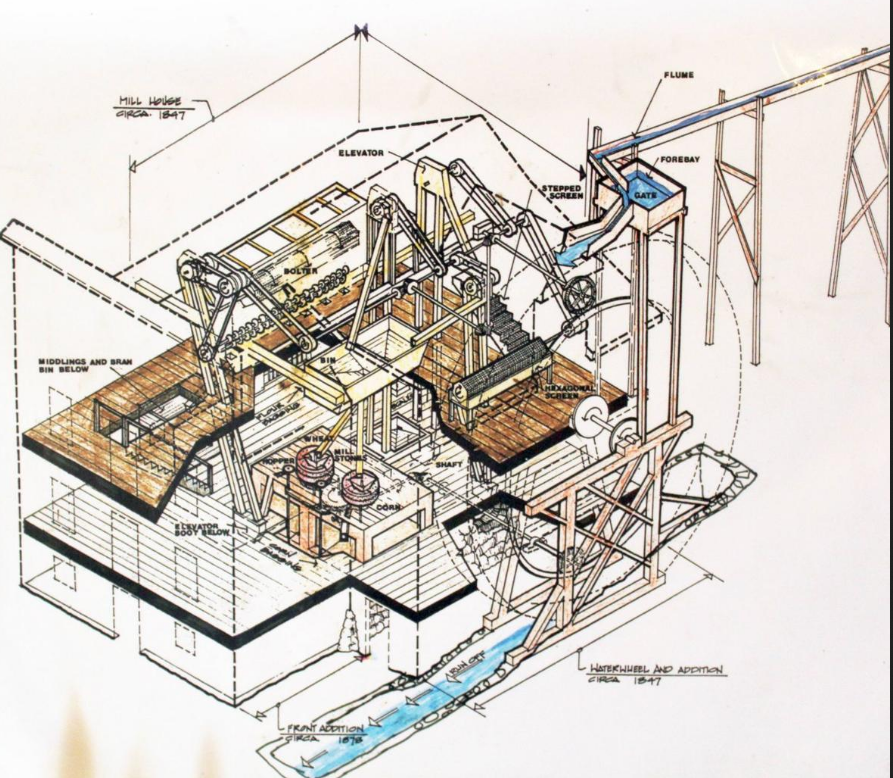
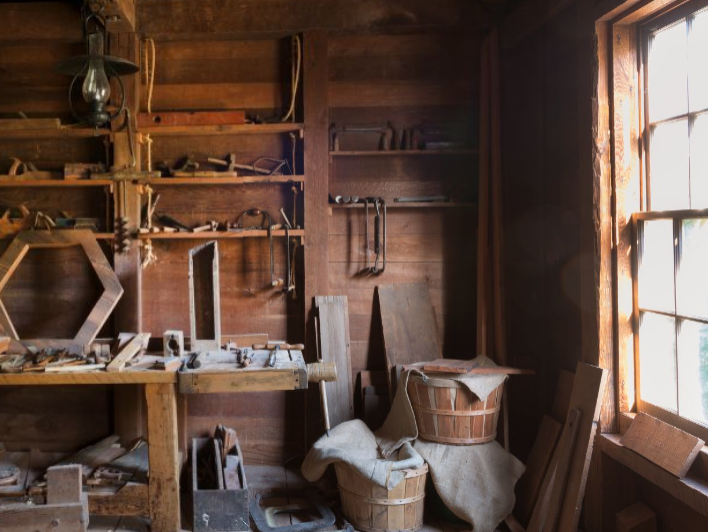
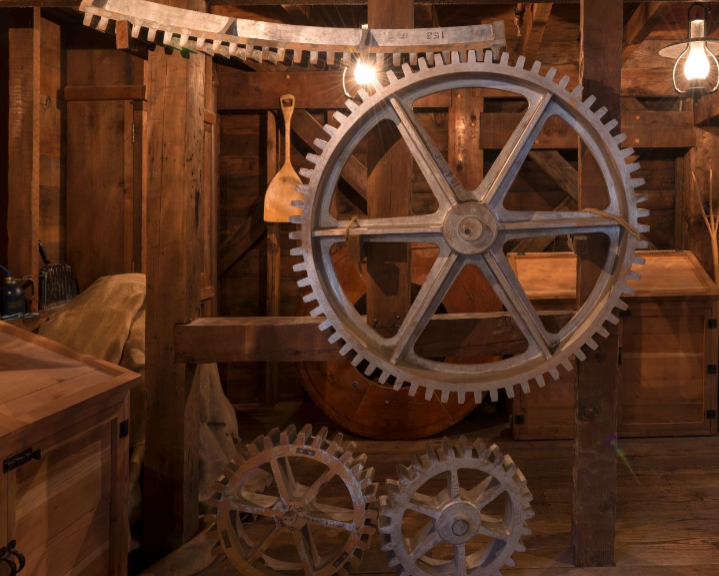
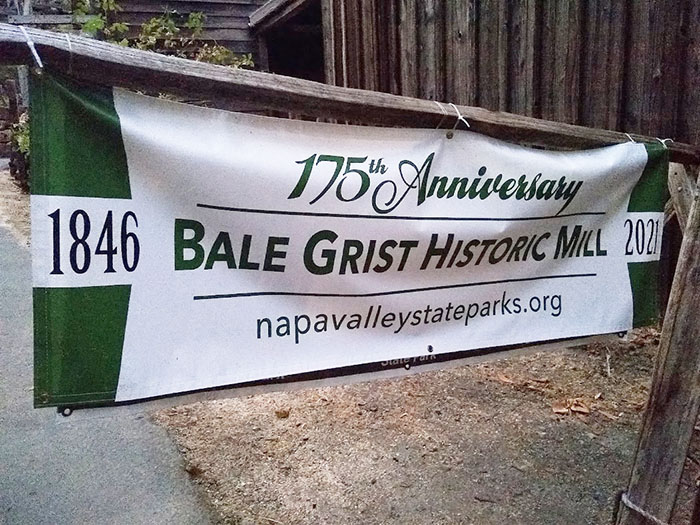
This was great information and was really when planning our trip, thanks so much!
Thank you kindly Krieg for stopping by. Enjoy your trip to St.Helena and seeing a piece of California history.